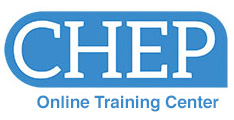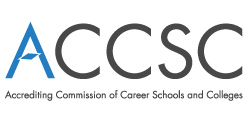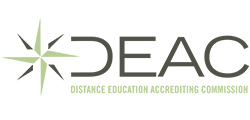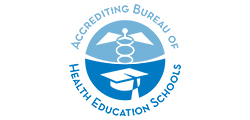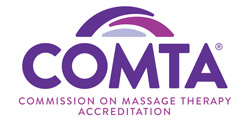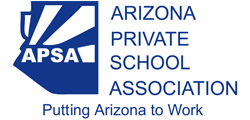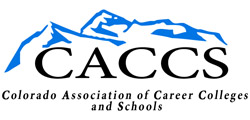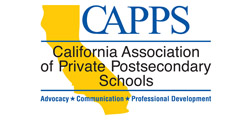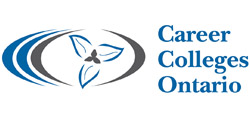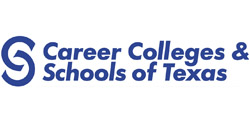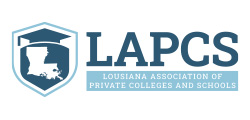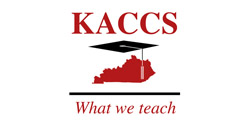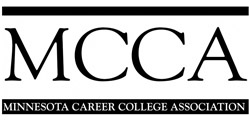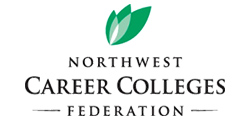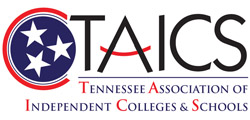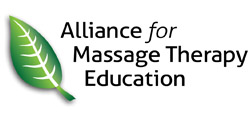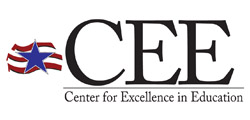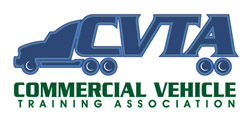Badge Evidence | Completed Courses (4 Hours Each)
ED101Effective Teaching Strategies
This introductory course covers the essential roles of a teacher and the competencies required to be a successful instructor in an educational institution. Proven techniques and strategies for planning and preparation are presented and discussed. In addition, the course offers effective methods for conducting the first class meeting and delivering course content. This course provides a solid foundation for new instructors and serves as an excellent refresher for more experienced instructors.
ED102Student Retention Methods
The instructor is the real key to student retention at any educational institution. Instructors must keep focused on student motivation and retention each and every day of class. Developing strategies for retaining students throughout the entire training sequence is both complex and rewarding. All instructors should have the goal of seeing all of their students successfully complete their class. This course helps you reach that goal by helping you to understand your students and use proven motivation and retention techniques to keep them enrolled and engaged in the learning process.
ED103Student Learning and Assessment
Educators work with students who want to learn specific skills that will lead to fulfilling careers. As educational instructors it is our job to help each student to achieve this goal. Just as you may have a particular style of teaching that you prefer, your students have preferred ways of learning. This course will help you to identify the different learning styles of your students so that you can adjust your instruction to better accommodate them. Good teachers also regularly monitor the effectiveness of their instruction by assessing their students’ learning. This course will examine several aspects of assessment including how to create good tests, how to ask effective questions and how to get your students to actively participate in their learning by asking questions themselves.
ED104Class Management Strategies
This course provides methods and techniques for managing students and class activities. We start by reviewing the steps instructors need to follow as they introduce a class to new students. We then discuss strategies to effectively deal with unfocused and challenging students. The course ends by describing common mistakes made by instructors and ways to avoid them.
ED106Enhancing Student Learning
This course provides methodologies and examples to help instructors increase content retention and application by students in need of support. The course starts by covering the skills needed by instructors to be clear communicators. We then discuss ways instructors can become effective in monitoring students and using student groups as learning tools. The course concludes by covering techniques and strategies to instruct diverse learners, including learners with disabilities.
ED107Creating an Accelerated Learning Environment
Retention is an issue, and what happens in the classroom is a critical factor influencing a student's decision to stay or go. The classroom environment may be hurting your students' view of the quality of your programs. In this course, you will learn tips and techniques to deal with environmental influences such as your role as the instructor, the classroom, the interactive activities, the support materials, and the sequence of instruction as well as other subtle influences. You will learn to view the environment from the student's perspective to increase your teaching effectiveness and student retention.
ED111RActive Learning Methods
This course provides an introduction to the concept and philosophy of active learning, and describes a variety of methods to help instructors "activ-ate" their class. The course includes active learning examples that utilize both critical and analytical thinking skills. We also identify the risks that may discourage instructors from using active learning strategies and offer suggestions for managing them. A three-step method is suggested for developing an active lesson, and a comprehensive model is offered as a guide for creative active learning strategies.
ED112Influencing Student Motivation
This course is intended to offer a practical explanation of how an instructor’s behaviors and choices can influence the motivation of students. It is not intended to be a theoretical or academic treatise about motivation. Module 1 offers useful tips that may help instructors to motivate students. Students’ security and autonomy are described as they influence motivation during instruction, questioning, activities, and evaluations. This is followed by a discussion of how motivation can be improved by enhancing students' sense of autonomy when making assignments, selecting instructional methods, implementing classroom procedures, and developing evaluations. In Module 2, intrinsic and extrinsic motivators are defined and compared. Finally, a variety of "miscellaneous motivators" are offered for instructors to consider.
ED115Soft Skills for Instructors
The purpose of this course is to provide instructors with a very basic introduction to the concepts of soft skills and emotional intelligence (EQ). It is designed especially for new instructors in career schools who have little or no training in educational techniques and who are unfamiliar with the basics of emotional intelligence. The course provides a comparison of hard and soft skills, including people skills and workplace behaviors. Ten important soft skills are discussed in detail and the relationship between EQ and soft skills is explained. The course concludes with tips and suggestions to help instructors enhance their soft skills and EQ.
ED143The Most Effective Instructor
The most effective instructors are scholars, but they are also facilitators. Good scholars have a command of knowledge in their field of expertise that is both broad and deep. For a scholar to become an instructor, he or she also needs to be a facilitator. Facilitators help others to learn, which is as important as scholarship. In this course we will define "the scholar" and "the facilitator" as individuals (although they are two aspects of one person), as well as compare and contrast their nature and their roles. You will examine issues and challenges faced by instructors, both on-ground and online, and look at developing and improving your facilitation skills.
ED201Students with Disabilities in the Classroom
This course introduces the participant to teaching students with disabilities in the environment of an educational institution. It provides descriptions of the physical, sensory, mental, psychological, and learning disabilities most likely to be encountered, as well as the effects these disabilities have on students and their learning. The course also introduces participants to accommodations and strategies that may help to support students with disabilities and foster their academic success.
ED206Teaching in the Lab and Shop Environment
The classroom in an educational institution is often more than just chairs, books, and a white board. Frequently the learning takes place in a lab or shop environment, where the traditional rules of classroom management and teaching may not always apply. This course covers the instructional techniques necessary for the non-traditional classroom, including strategies for teaching to each student's individual learning style. In addition, this course describes strategies for assessing student progress. Safety guidelines and considerations for specific lab and shop environments are identified.
ED400Coping with Stress and Burnout
Stress is something that is present throughout all workplaces in the world. It is often something that cannot be avoided, but instead, must be properly managed. Burnout on the other hand, is something that is less frequent, but far too prevalent. Burnout can cause even the best worker to slow down in productivity and quality (often dramatically). Throughout this course, we will discuss stress, burnout, and many of the causes that you may notice on even a daily basis. We will discuss how to appropriately handle and mitigate stressors, and how to lessen the risk of burnout occurring.



